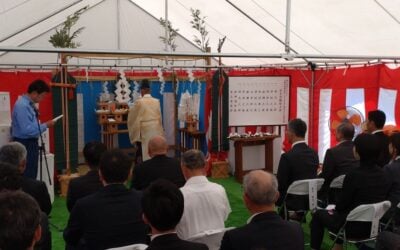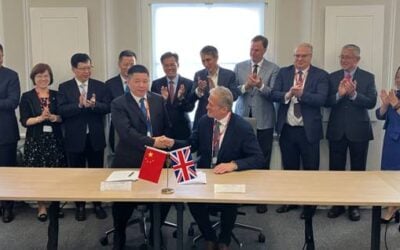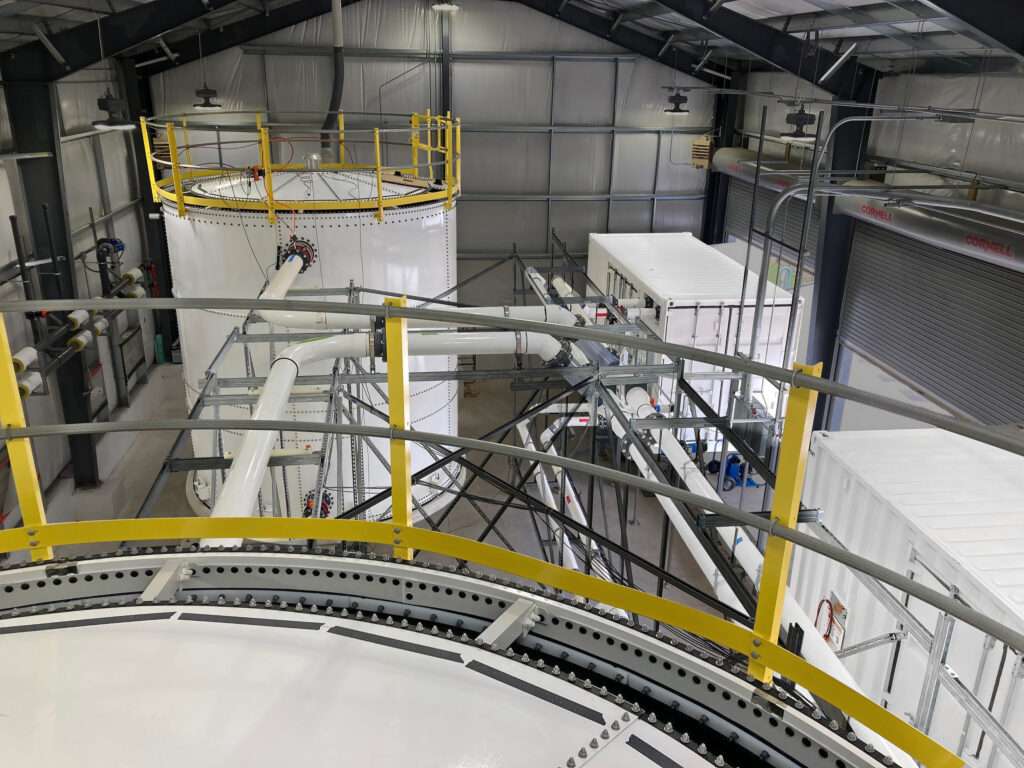
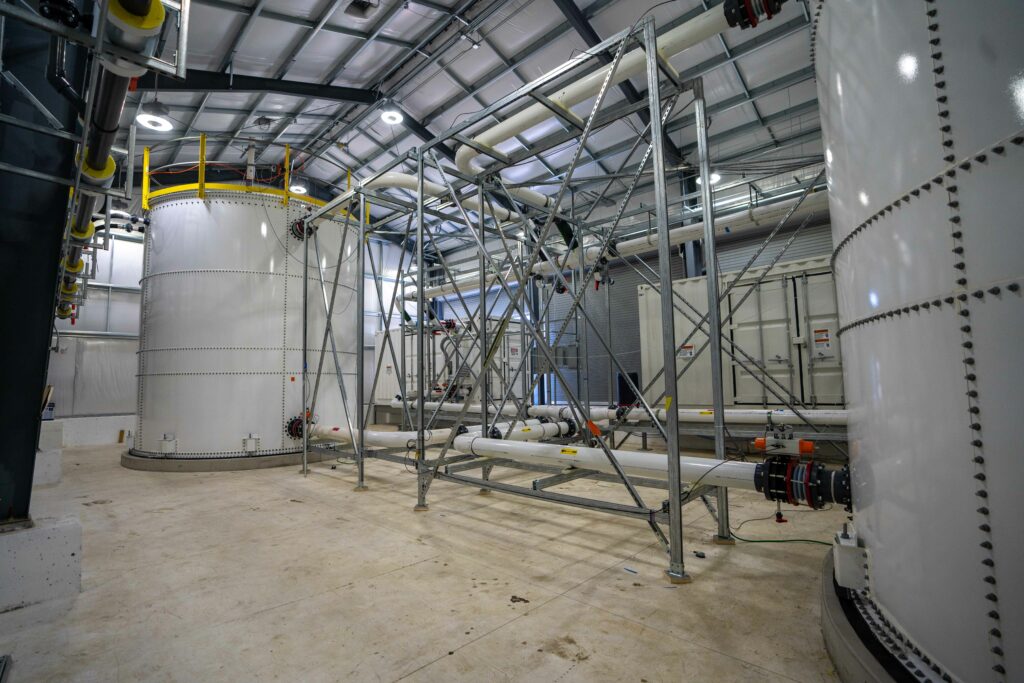
‘Innovative long-duration storage technology’ from Lockheed Martin will be deployed at the US Army’s Fort Carson in Colorado.
A megawatt-scale unit of the aerospace and defense technology company’s GridStar Flow flow battery energy storage system will provide back up power in case of grid outages and reduce fossil fuel consumption at the facility.
Enjoy 12 months of exclusive analysis
- Regular insight and analysis of the industry’s biggest developments
- In-depth interviews with the industry’s leading figures
- Annual digital subscription to the PV Tech Power journal
- Discounts on Solar Media’s portfolio of events, in-person and virtual
The system will be 1MW/10MWh, enabling 10-hours discharge of stored energy at 1MW output. Lockheed Martin said yesterday that the battery system will be tested over a period of about two years in line with protocols developed by Pacific Northwest National Laboratory (PNNL), one of the US Department of Energy’s national labs and in a tailored programme created with local utility Colorado Springs Utilities.
It’s the biggest installation to date of a long-duration energy storage (LDES) technology at a US military site. Lockheed Martin expects to break ground on the project later this year, with construction to last about eight to nine months.
The Forces already have a number of lithium-ion battery systems, including a 4.25MW/8.5MWh battery energy storage system (BESS) at Fort Carson which itself was supplied by Lockheed Martin in 2019 but tests of systems at longer discharge durations have been limited to much smaller flow batteries, with differing electrolyte chemistries to GridStar Flow.
Flow batteries offer distinct advantages over lithium-ion for several reasons, some of which are particularly applicable to the military’s needs for the project and at other ‘mission critical’ facilities, Lockheed Martin business development director Roger Jenkins said in an online briefing for journalists.
“With lithium-ion, the power and energy are fused together in a single package. If you want to have longer duration lithium above four hours [discharge duration] you’re basically buying power capacity you don’t need, that’s redundant,” Jenkins said.
“With flow you can separate the megawatts and how long you need them for by sizing the electrolyte tanks.”
The flow battery can also be operated much more flexibly, Jenkins said. Whereas some care needs to be taken over a lithium BESS’ operation, from how deeply it’s discharged to how frequently the operator switches it from charging to discharging.
“If you get outside certain operational parameters there’s potential to damage the battery. We don’t have that; the [flow battery] electrolyte is not subject to damage based on how it’s run.”
With liquid electrolyte storing energy passed through a membrane from one tank to another, controlled by the cell stacks housed in 4ft to 6ft boxes, the separation also means there’s little degradation of cells or electrolyte even over many years and thousands of cycles of the flow battery.
Military facilities have exacting requirements for their power needs, particularly as they need to keep many of their systems running even during outages that could be caused by extreme weather or even cyberattacks.
At the same time, funding to install or investigate resiliency measures remains limited. The Lockheed Martin flow battery may well be put into market participation during normal operating times to help save money or earn revenues. Meanwhile, its interaction with a 2MW solar PV array at the base could be tried out too and the US Army also intends to install more solar there.
Electrolyte chemistry remains top secret
The technology has been in development since 2014 when Lockheed Martin acquired SunCatalyx, a flow battery company which was spun out of the labs at MIT. The company began hinting at a launch from around 2017 although it had always said its launch date would be flexible based on achievement of development goals.
Then, in 2020, the company began the first test of the product at scale, building the 500kW/2,500kWh unit pictured above, at a research lab facility in Andover, Massachusetts.
However, one thing Lockheed Martin continues to keep under wraps is the chemistry of the battery electrolyte. That “remains a key component of our IP,” Jenkins said, adding it would be revealed only to customers under NDAs.
Even looking back at 2014 reports on Sun Catalyx’s acquisition, the only hints provided are that the electrolyte material is claimed to be “benign” and made with abundant material. Jenkins repeated that claim and said that compared to some other flow batteries, the electrolyte is cheaper.
He added that vanadium used as electrolyte in vanadium redox flow batteries (VRFBs) is dissolved in acid, which results in wear and tear on balance of plant (BOP) equipment like pumps and power stack components, which again he claimed is not applicable to GridStar Flow’s electrolyte.
The basic, benign chemical nature of the electrolyte means that BOP equipment could be made with “off the shelf pipes you might buy at Home Depot, you don’t need expensive materials,” Jenkins said.
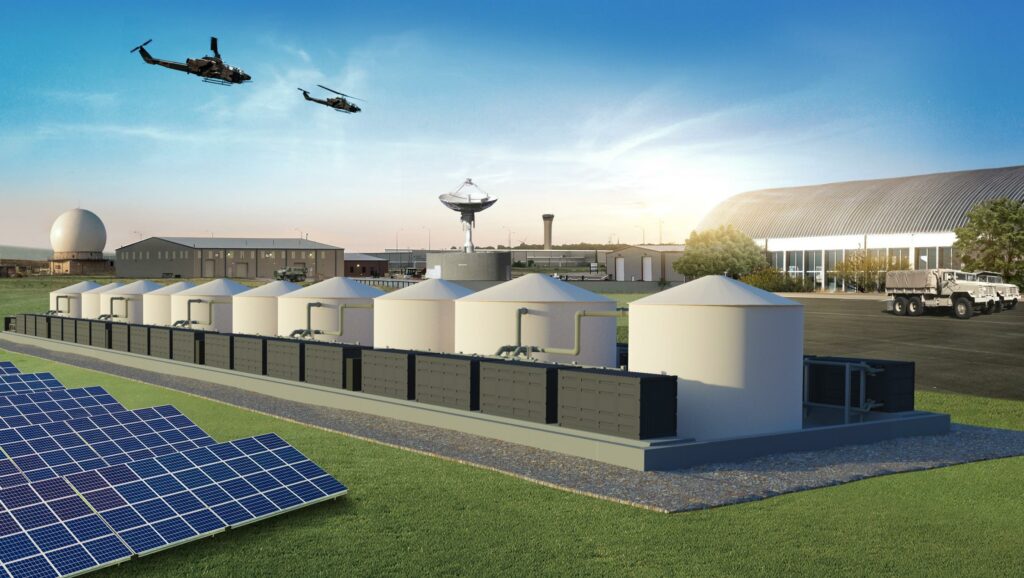
The ‘secret chemistry’ strategy is not dissimilar to that of another major engineering and tech company, Honeywell, which is also rolling out a flow battery that it claimed uses abundant, environmentally-friendly – and undisclosed – material in its electrolyte.
The intention is that a further roll out across US Military sites will follow if the Fort Carson project is successful. Another project Lockheed Martin has planned with renewables developer TC Energy in Canada will be much larger at 6.5MW/52MWh and co-located with a solar farm in Alberta.
Learnings from those projects after roughly their first two years of operation will help put together a commercial offering for the wider grid market.
“From what we learn from both of those units, we’ll be prepared to go out into the wider commercial market with performance guarantees and warranties and all of the other things you’d expect from a fully-commercial product,” Roger Jenkins said.
Commercially, a “sweet spot” installation size might be 10MW/100MWh, for commercial applications such as pairing with grid-scale solar PV or wind, or to act in the place of a peaking power plant unit, according to the Lockheed Martin representative.

